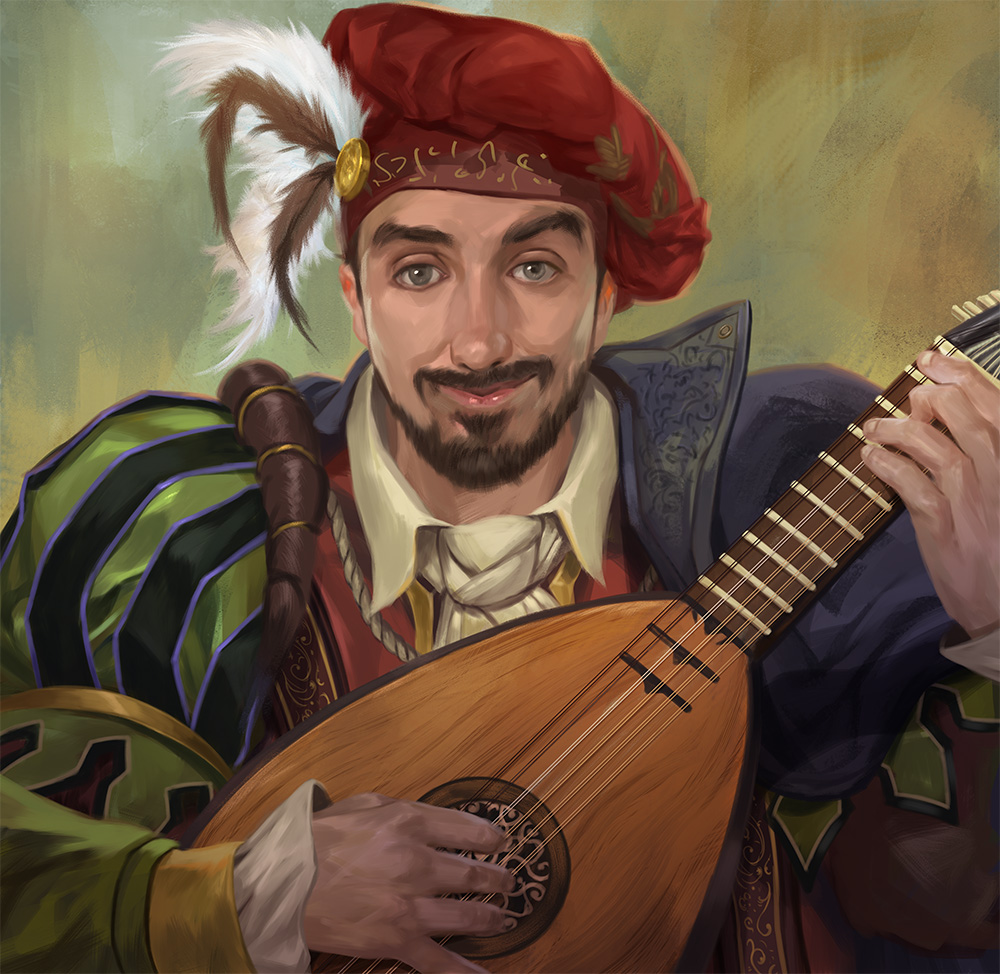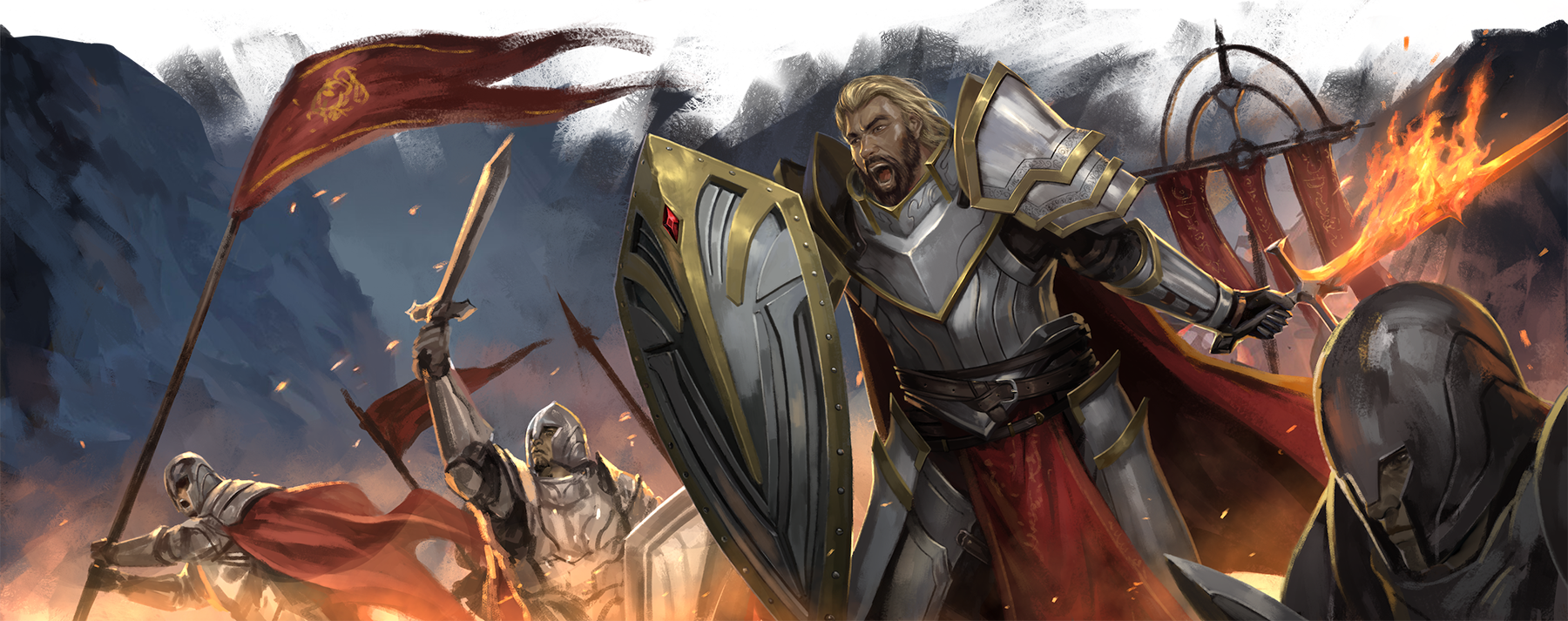Why Do Dwarves Have Beards?

 Joe Nightingale, MBBS, MSc
Joe Nightingale, MBBS, MSc

Whether it's Middle Earth, World of Warcraft, or Dungeons and Dragons, dwarves always have beards. It's their signature look. In fact, it's such a classic combination that it caused an uproar where Fili in The Hobbit movies was so clean-faced, sporting little more than a bit of designer stubble.
But why do dwarves have beards? Is there a mythological reason – or is it like most fantasy tropes down Tolkien? Let's find out!
(By the way, if you're wondering whether dwarf women have beards or not, we've already answered the question!)
Did Dwarves Always Have Beards?

Source - gamerant.com
Yes and no. Tolkien definitely set the standard for modern fantasy, establishing that all mythological dwarves must have a thick, bushy beard. The bushier, the better. In fact, many of the clans of the dwarves are named for their beards, i.e., the Longbeards, Firebeards, and Stiffbeards. We're told in Chapter 1 of The Hobbit that "It was a dwarf with a blue beard tucked into a golden belt, very bright eyes under his dark-green hood." It's much more fantastical than we're used to on screen.
The other famous example of dwarfs in popular culture is Snow White. Here, the majority of dwarfs are bearded fellows, with almost all of them sporting a chinstrap. The notable exception is Dopey – clearly a follicular failure.
Much of this beardedness comes from the original legends. In Middle High German heroic poetry, dwarfs almost always have long, flowing beards. The only times this isn't the case is when the dwarf is particularly childish (Dopey follows in this theme).
When Lorenz Frolich came to illustrate the 19th-century edition of the Poetic Edda in 1895, the finished look was distinctly Tolkienian. Two dwarfs are depicted with big, bushy beards and a fabulous mane of hair – it's very 1980s.
Why Do Dwarves Have Beards?

Source - tmz.com
The big question is, why should this be the case? The obvious answer is that dwarfs (and dwarves) are incredibly masculine characters. In fact, there are almost no examples of female dwarfs in fiction. Master craftsman and hardy warrior, the beard symbolises their strength, masculinity, and wisdom.
In many cultures, like Norse mythology and Germanic traditions, the bearded dwarf reinforces a sense of age, resilience, and hard work. Indeed, they're often wise figures – similar to the archetype of the wizard. Although it should be noted in their earliest renditions, dwarfs were more ethereal. Andvari, for example, is a shape-changing dwarf who doesn't conform to the conventional dwarf type.
Then there's the Svartálfar, or black elves, who appear to be the same beings as dwarfs. But it's not clear if they're bearded or not. The poems and tales were more concerned with their acts and deeds than their follicular status.
Final Thoughts

Why do dwarves have beards? It's more than just a fantasy cliché; it's tied to their identity. In folklore and fantasy, dwarves are often depicted as rugged, hardworking, and wise. Their beards are a symbol of their craftsmanship, age, and battle-hardened strength.
From Tolkien's legendary dwarves to the realms of Dungeons and Dragons, beards signify power and heritage. It's a signature look that reinforces the idea of dwarves being earthy, grounded, and tough—beard and all. Without a beard, could a dwarf even be a dwarf?

No comments yet…